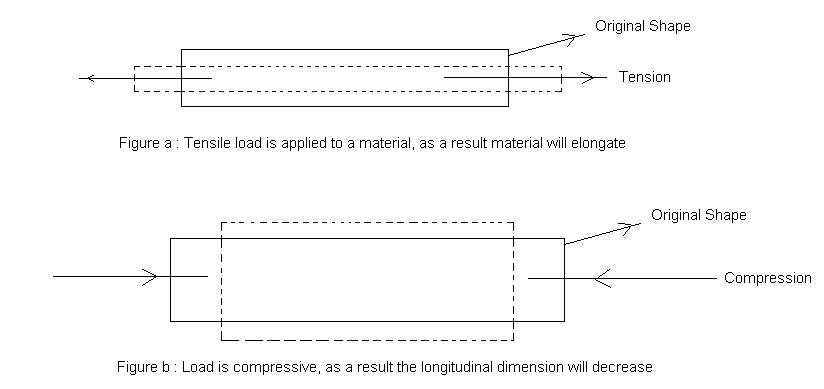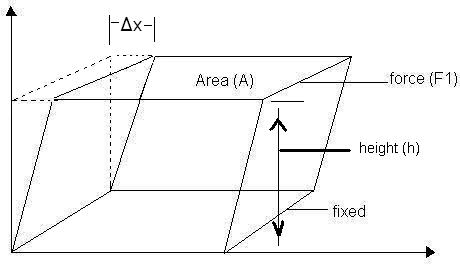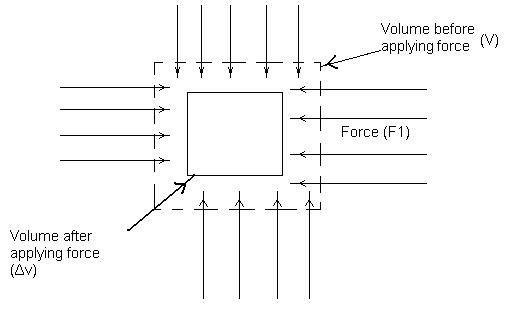Give the formula for relation between Young’s modulus coefficient of linear expansion and thermal stress?
Metal rod either expands or contract on heating or cooling. A stress is produced in rod if it is restricted from expanding or contracting. This stress is directly proportional to the thermal strain.
Thermal strain = Change in length / original length
Thermal strain = Δ L / L
Thermal strain = α L ΔT / L —— Linear thermal expansion (Δ L = α L ΔT).
Thermal strain = α ΔT
Young’s modulus of material = Stress / Strain
Y = Stress / α ΔT
So Stress = Y α ΔT
Therefore, Force = Y A α ΔT
Y = Young’s modulus of elasticity
α = coefficient of linear expansion.
∆T = increase in temperature
A = Area






